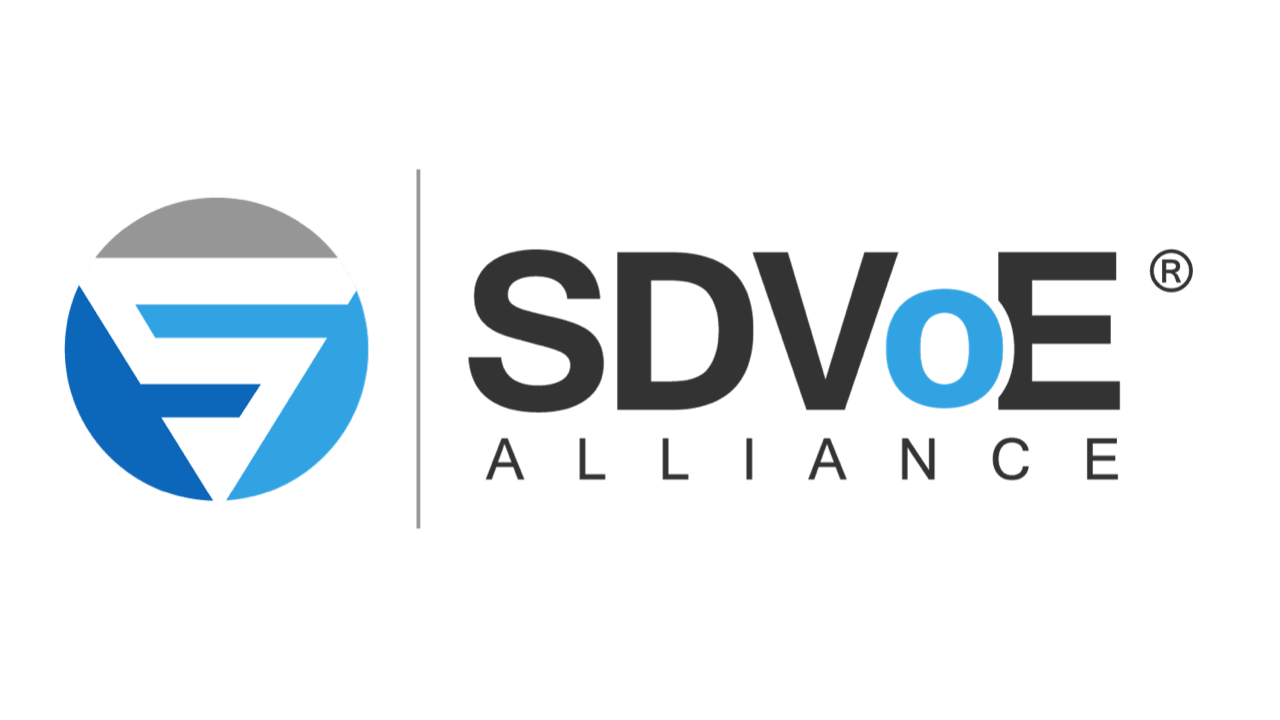The SDVoE Alliance, a nonprofit consortium of technology providers collaborating to standardize the adoption of Ethernet to transport AV signals in professional AV environments, announced the world’s first 8K AV-over-IP transport solution. The soon-to-be-released SDVoE transmitters and receivers deliver 8K video across a standard 10G network. They are entirely backward compatible with 4K SDVoE systems. SDVoE will show working prototypes of the new 8K AV-over-IP signal distribution solution at InfoComm 2022 from June 8–10, 2022 in Las Vegas.
[PTN Joins SDVoE Alliance as an Adopting Member]
SDVoE plays a vital role in bringing 8K to professional audio and video systems integration by providing the world’s first 8K AV-over-IP solution. HDMI 2.1 defines many 8K formats with varying bit depth, chroma subsampling, frame rate, and color space. SDVoE 8K supports traditional formats without adding any compression or latency. Four independent links on an off-the-shelf 10G Ethernet switch provide 40Gb per 8K endpoint; no special or unusual switches are required.
[Projection Mapping to Light Up Barcelona for ISE 2022]
“SDVoE is truly the first AV-over-IP solution to support 8K resolutions—and the fact that it’s compatible with existing SDVoE systems is important,” said Justin Kennington, president of the SDVoE Alliance. “An existing 4K 10G SDVoE transmitter can send signals to a new 8K 4x10G SDVoE receiver. The opposite is true, assuming 4K content is sent from the 8K transmitter. What comes in goes out without compromise, no added compression or latency.”
[Wyrestorm Now a Contributing Member of SDVoE Alliance]
All AV distribution and processing applications that demand zero-latency and uncompromised video can benefit from SDVoE technology, which provides an end-to-end hardware and software platform for AV extension, switching, processing, and control through advanced chipset technology, common control APIs, and interoperability. SDVoE network architectures are based on off-the-shelf Ethernet switches, thus offering substantial cost savings and greater system flexibility and scalability over traditional approaches, such as point-to-point extension and circuit-based AV matrix switching.
